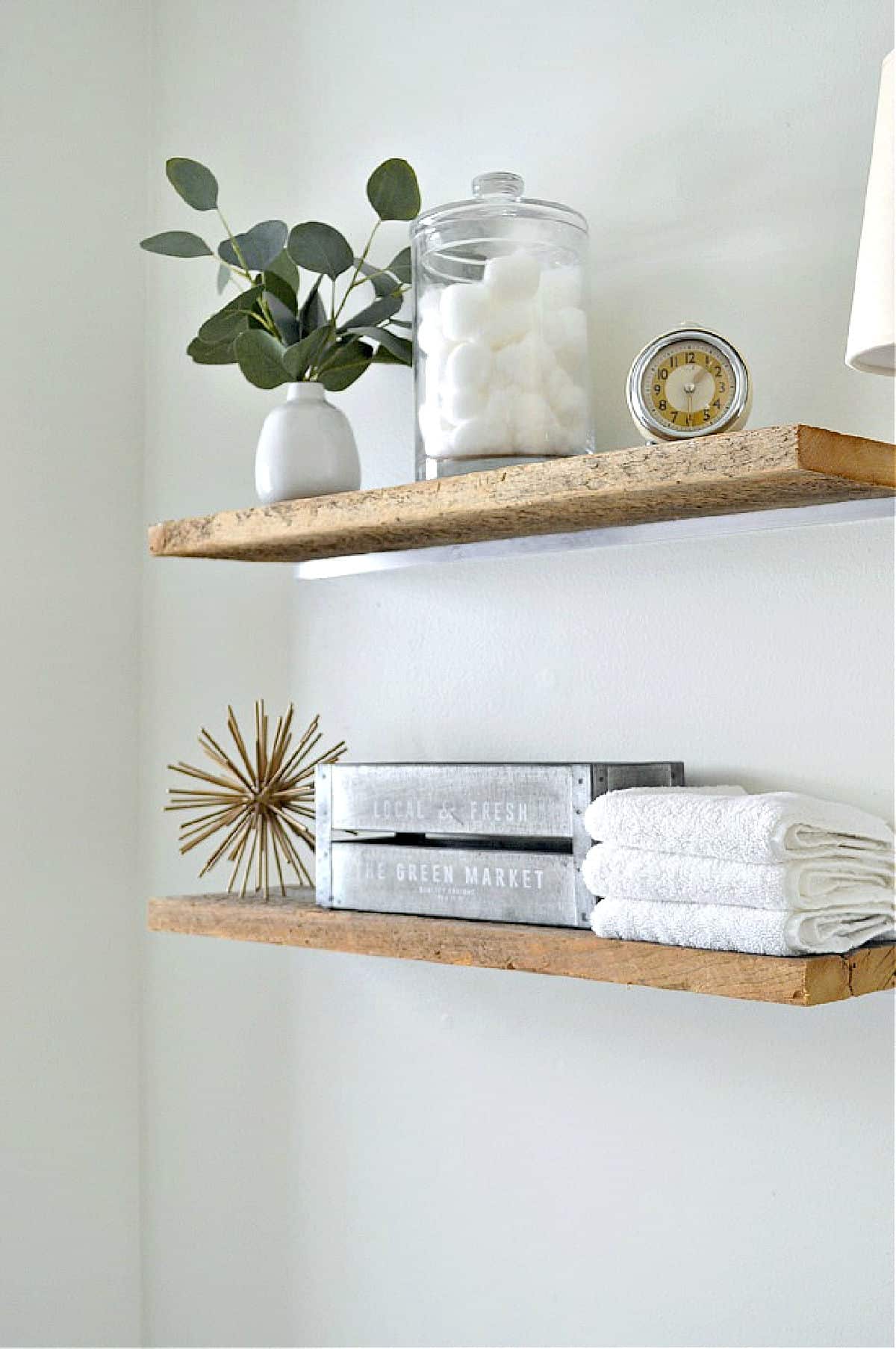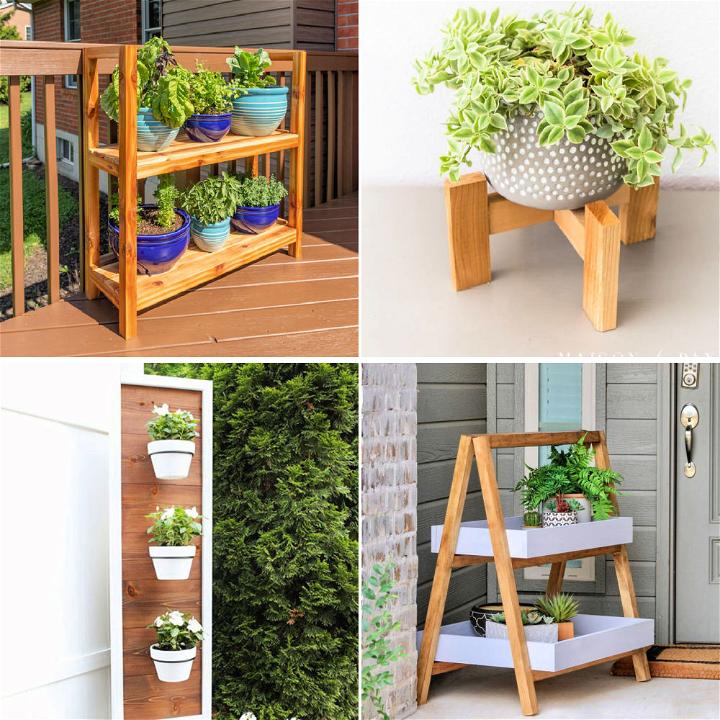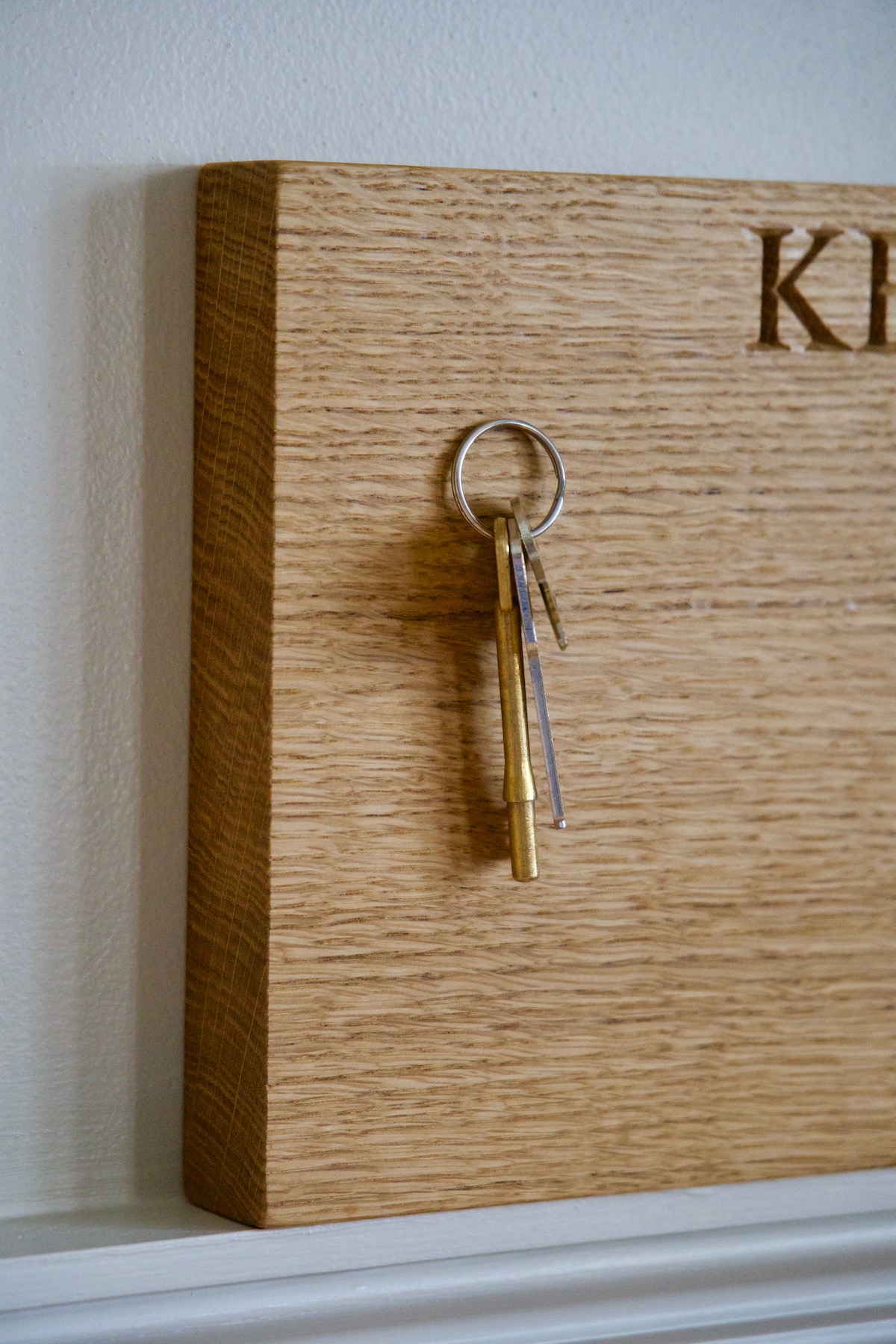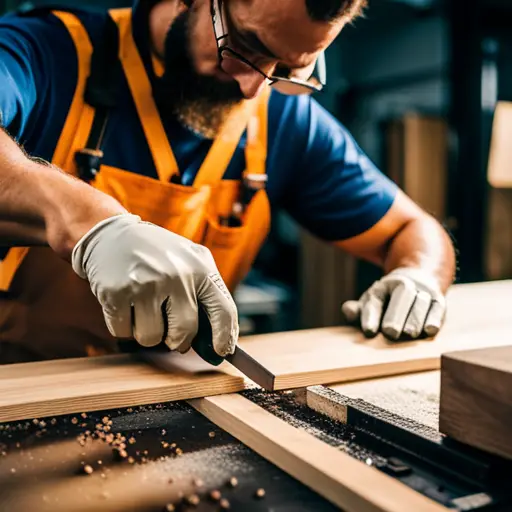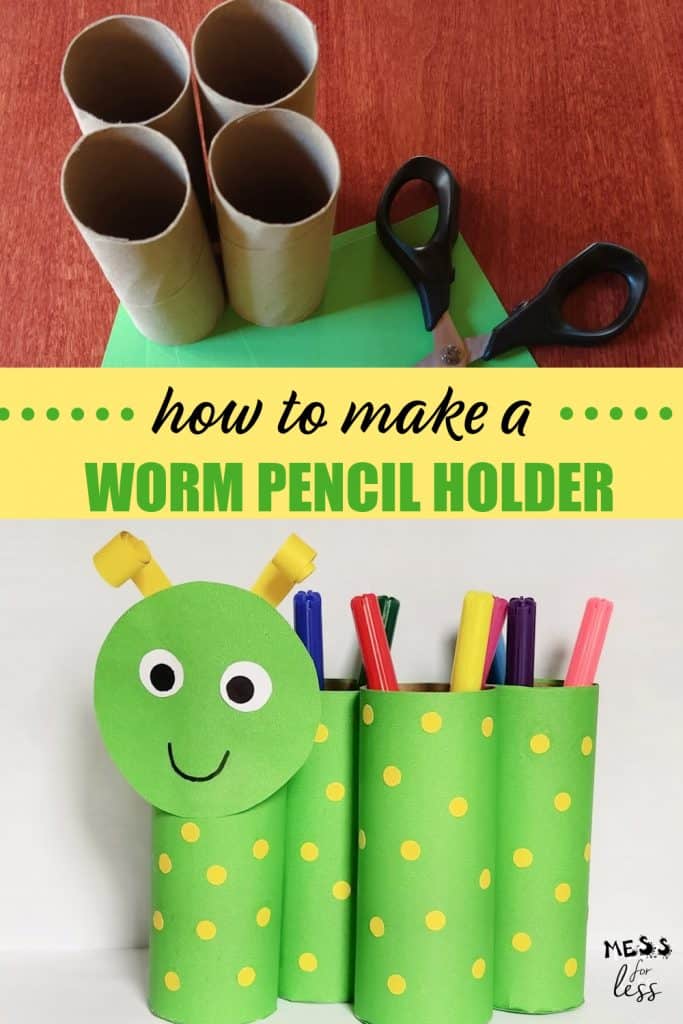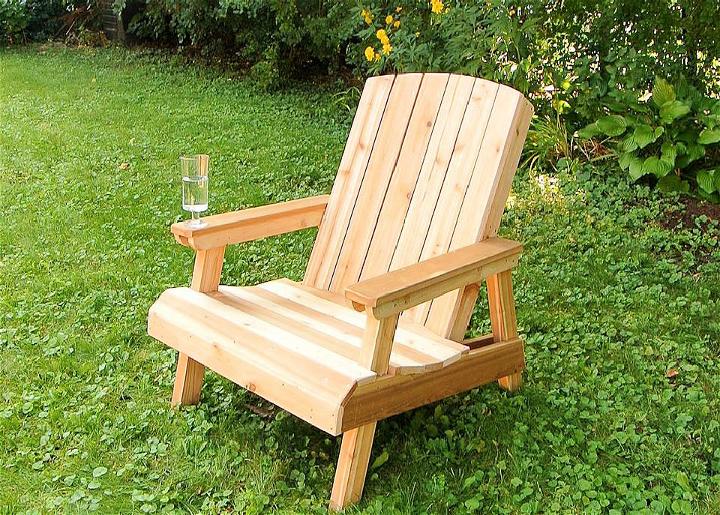
Personalized Cutting Boards: Ideas That Sell
Cutting boards are essential kitchen tools, but they can also be charming and unique decorative elements. By offering personalized cutting boards, you can tap into a market seeking thoughtful gifts and personalized home décor. The possibilities for customization are endless, allowing you to create cutting boards that truly resonate with your customers.
Engraved Cutting Boards: A Classic Choice
Engraving remains a timeless method for personalizing cutting boards. This technique allows for clear and crisp details, making it ideal for adding names, dates, special messages, or even intricate designs. Consider offering:
- Family Names and Initials: A classic choice for personalized cutting boards, adding a family name or initials creates a sense of personalization and belonging.
- Anniversary or Wedding Dates: Commemorate special occasions with engraved dates, turning a practical kitchen tool into a cherished keepsake.
- Personalized Quotes: Include meaningful quotes about family, cooking, or life in general, adding a touch of sentimentality to the cutting board.
- Custom Designs: Offer a selection of pre-designed patterns, or allow customers to upload their own images or logos for a truly unique touch.
Beyond Engraving: Embracing Diverse Customization Options
While engraving is a popular choice, explore other personalization techniques to broaden your appeal and offer unique options. Consider:
Laser Etching
Laser etching provides a sophisticated look with intricate details, perfect for creating detailed patterns, logos, or even photographs. This technology is ideal for creating personalized cutting boards that are both functional and visually stunning.
Painted Designs
Adding a splash of color with custom painted designs can transform a simple cutting board into a statement piece. Consider offering:
- Floral Motifs: Elegant and timeless, floral patterns bring a touch of nature and charm to the kitchen.
- Geometric Patterns: Modern and trendy, geometric patterns offer a clean and minimalist aesthetic.
- Personalized Portraits: Create unique cutting boards featuring pet portraits, family photos, or even portraits of favorite food items.
Inlaid Designs
Inlay techniques involve using contrasting wood species to create intricate designs, adding a tactile and visual dimension to your cutting boards. This process allows you to create custom patterns, monograms, or even miniature landscapes.
Target Your Audience with Themed Designs
Tailoring your personalized cutting boards to specific interests or occasions can increase their appeal. Explore:
- Holiday-Themed Boards: Offer festive designs for Christmas, Thanksgiving, Easter, or other holidays, creating unique and memorable gifts.
- Sports-Themed Boards: Cater to sports enthusiasts with team logos, player names, or sports-related quotes.
- Hobby-Themed Boards: Create cutting boards featuring designs related to hobbies like gardening, fishing, or music, making them a perfect gift for passionate individuals.
By embracing diverse personalization techniques and targeting specific audiences with themed designs, you can create cutting boards that buyers will truly appreciate. These unique and customized creations will not only enhance the kitchen experience but also serve as cherished reminders of special occasions, hobbies, and loved ones.
